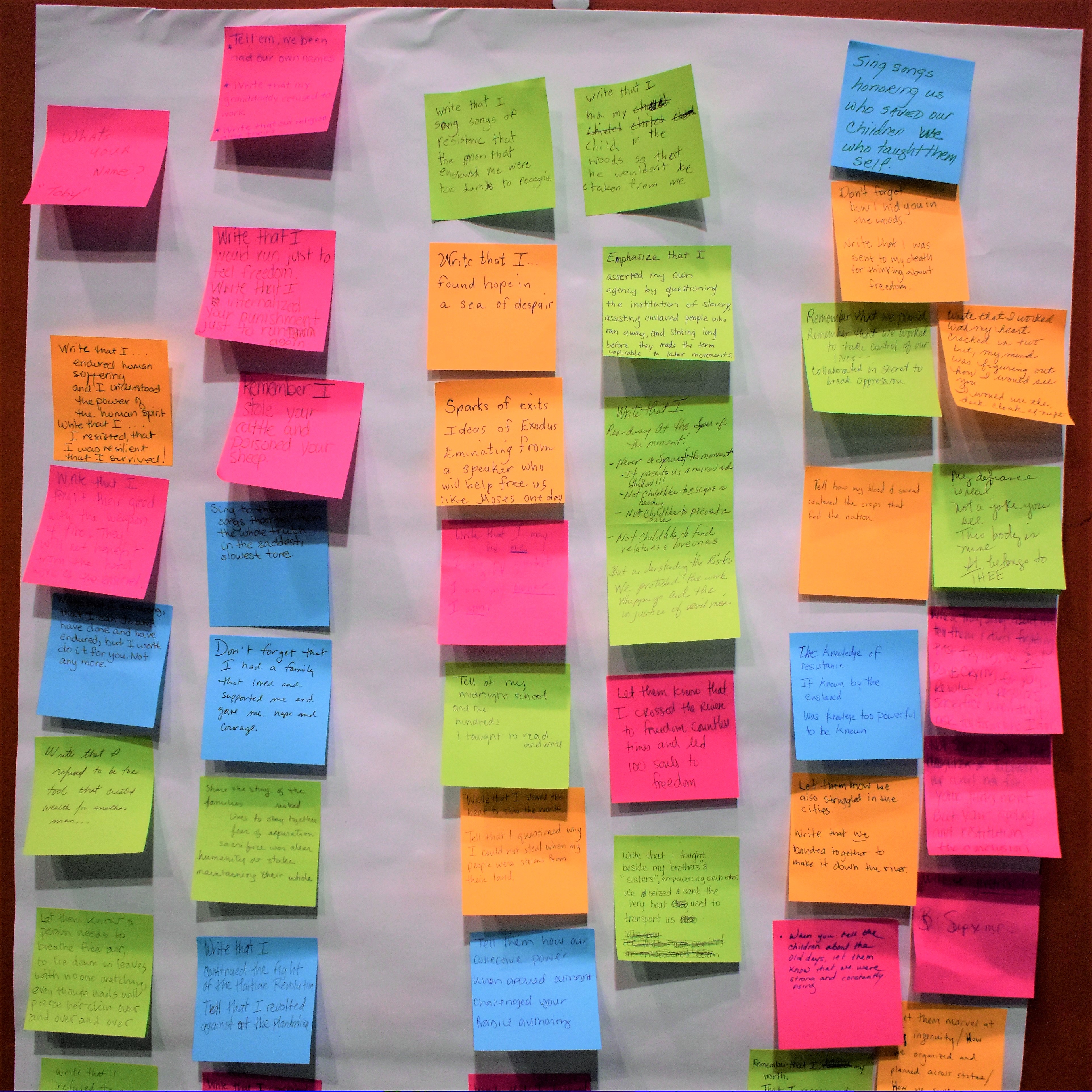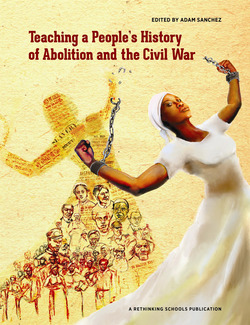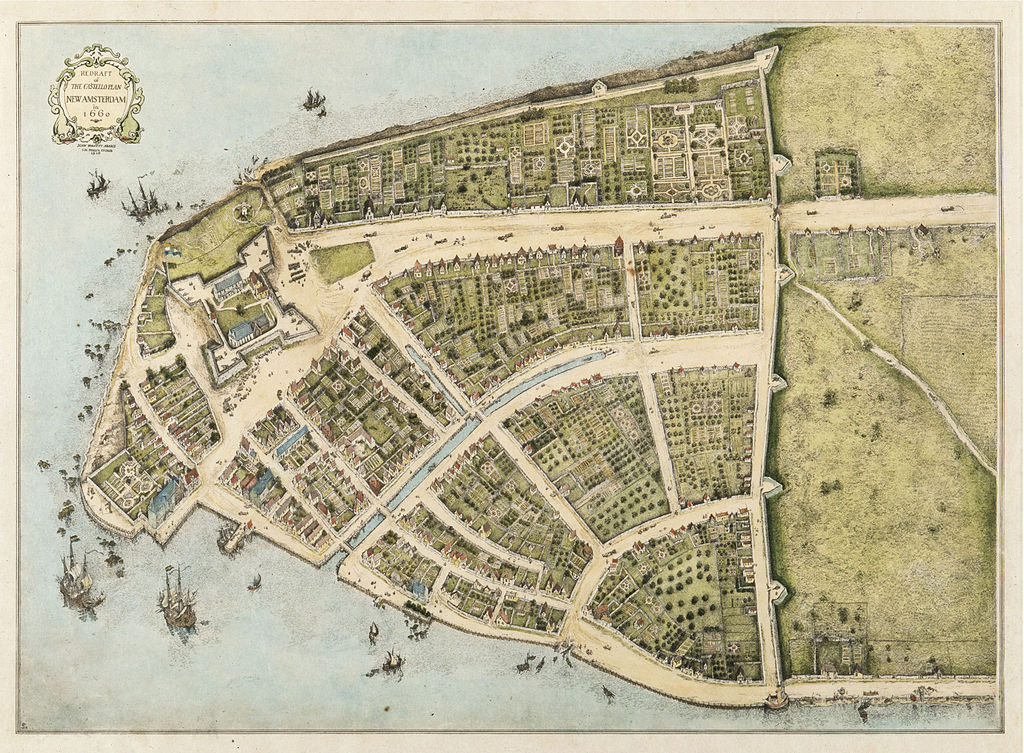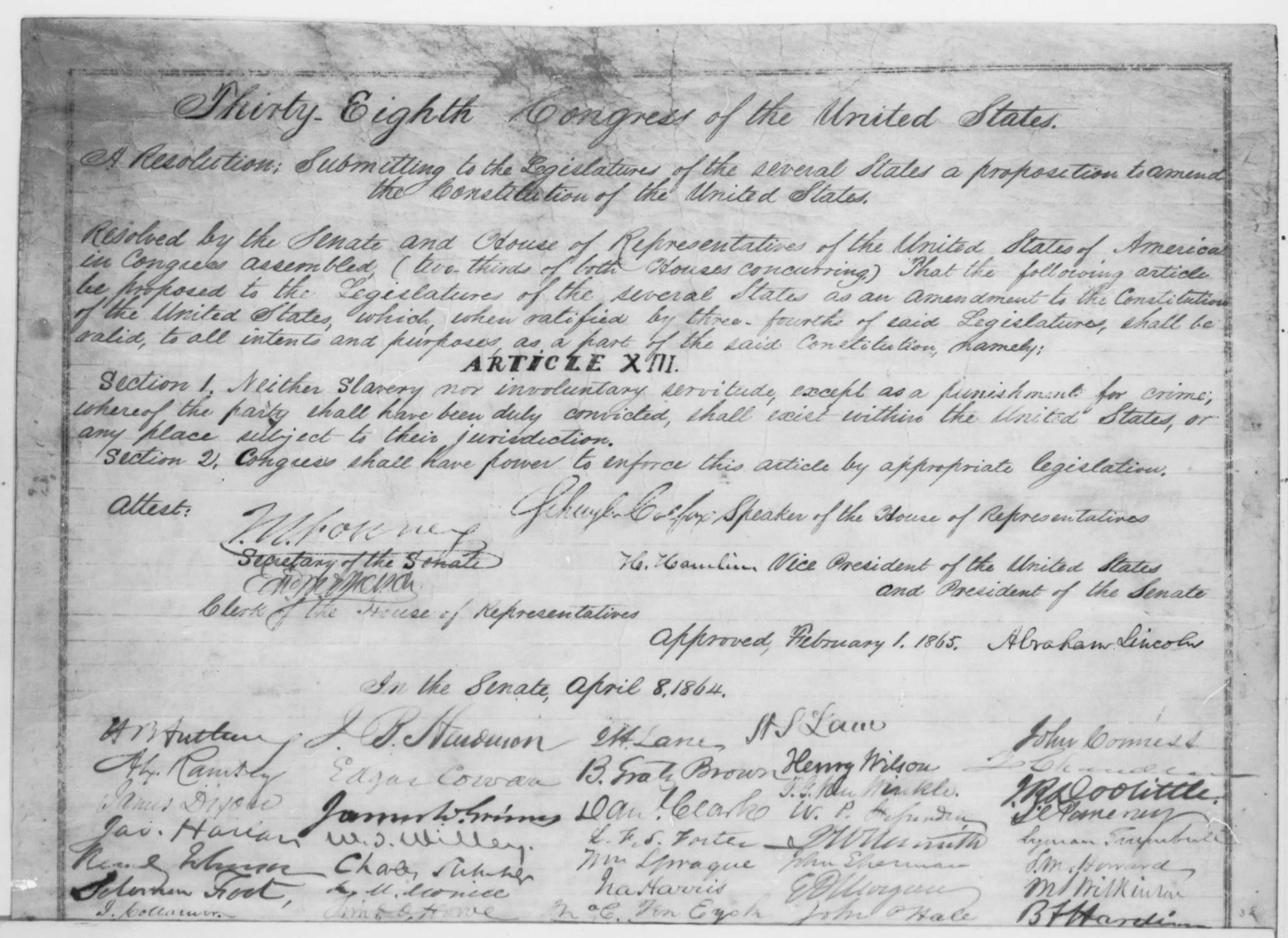In the wake of the Stono Rebellion of 1739, in which the enslaved rose up against their enslavers, the South Carolina general assembly passed the Negro Act of 1740 on May 10, 1740. As the Equal Justice Initiative (EJI) reports, the law “prohibited enslaved African people from growing their own food, learning to read, moving freely, assembling in groups, and earning money. It also authorized white enslavers to whip and kill enslaved Africans for being ‘rebellious’.”

The beginning of the South Carolina Negro Act. Source: Statutes and Stories
Jesse Hagopian writes in the lesson Freedom to Learn: The Battle Against Black Education Suppression Laws,
The act made it illegal to teach enslaved people to read or write, particularly writing. The fear was that literacy would enable enslaved people to forge passes or communicate in ways that could lead to coordinated rebellions or escapes. The prohibition of education was a deliberate attempt to keep the enslaved population in a state of ignorance and dependence, limiting their ability to resist their conditions or seek freedom.
This law not only codified white supremacy in South Carolina, but served as a model for other states throughout the South, like Georgia. In South Carolina, these laws remained until the Civil War and the passage of the 13th Amendment. But, as EJI states,
the passage of the 13th Amendment legally abolished slavery in the U.S. except as punishment for crime, but discriminatory Black Codes and Jim Crow laws developed to maintain the oppression of Black people, ensuring that the legacy of the Negro Act of 1740 and similar laws remained present throughout the country for more than two centuries.
Read the full text of the South Carolina Negro Act here.













Twitter
Google plus
LinkedIn